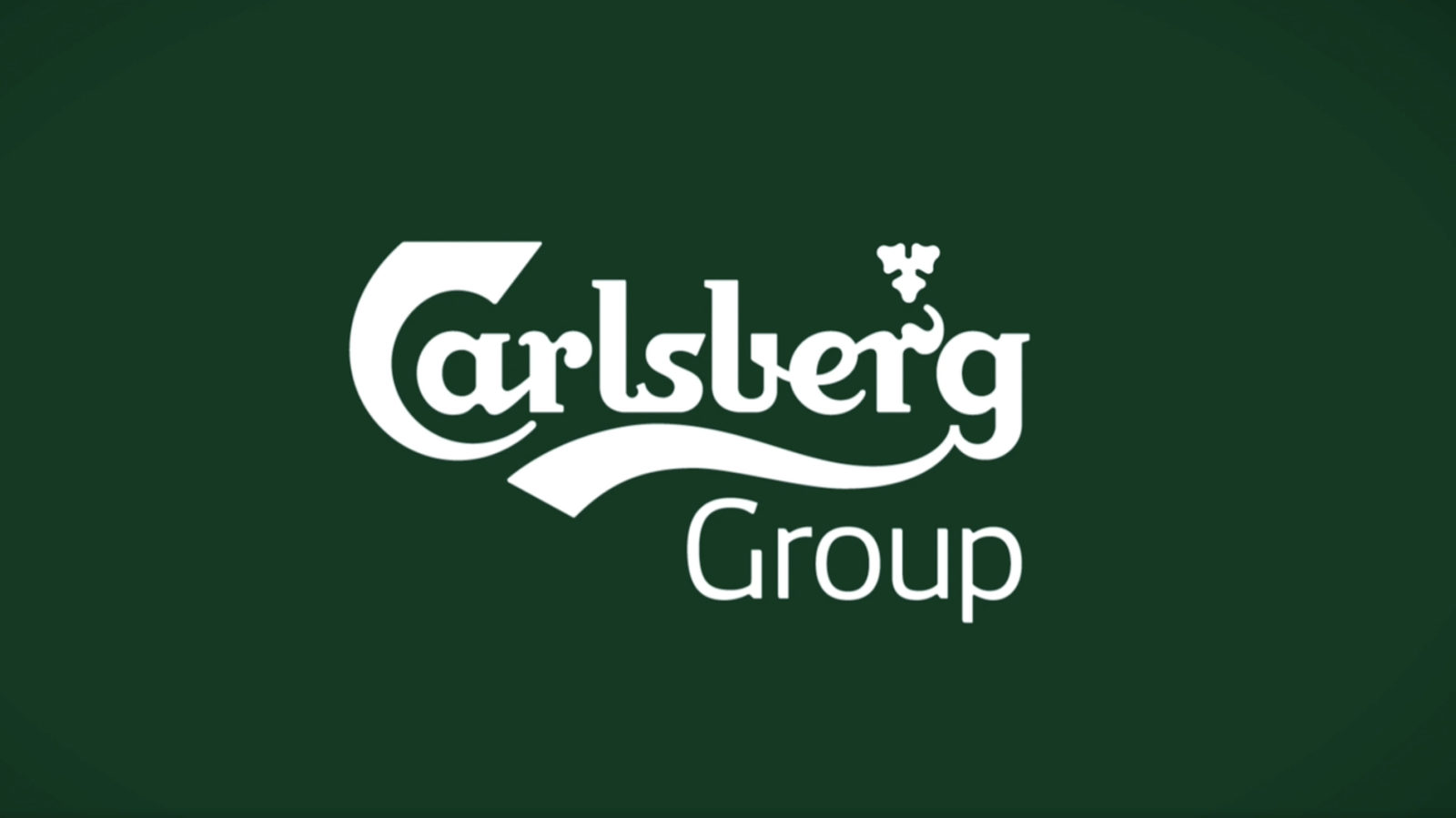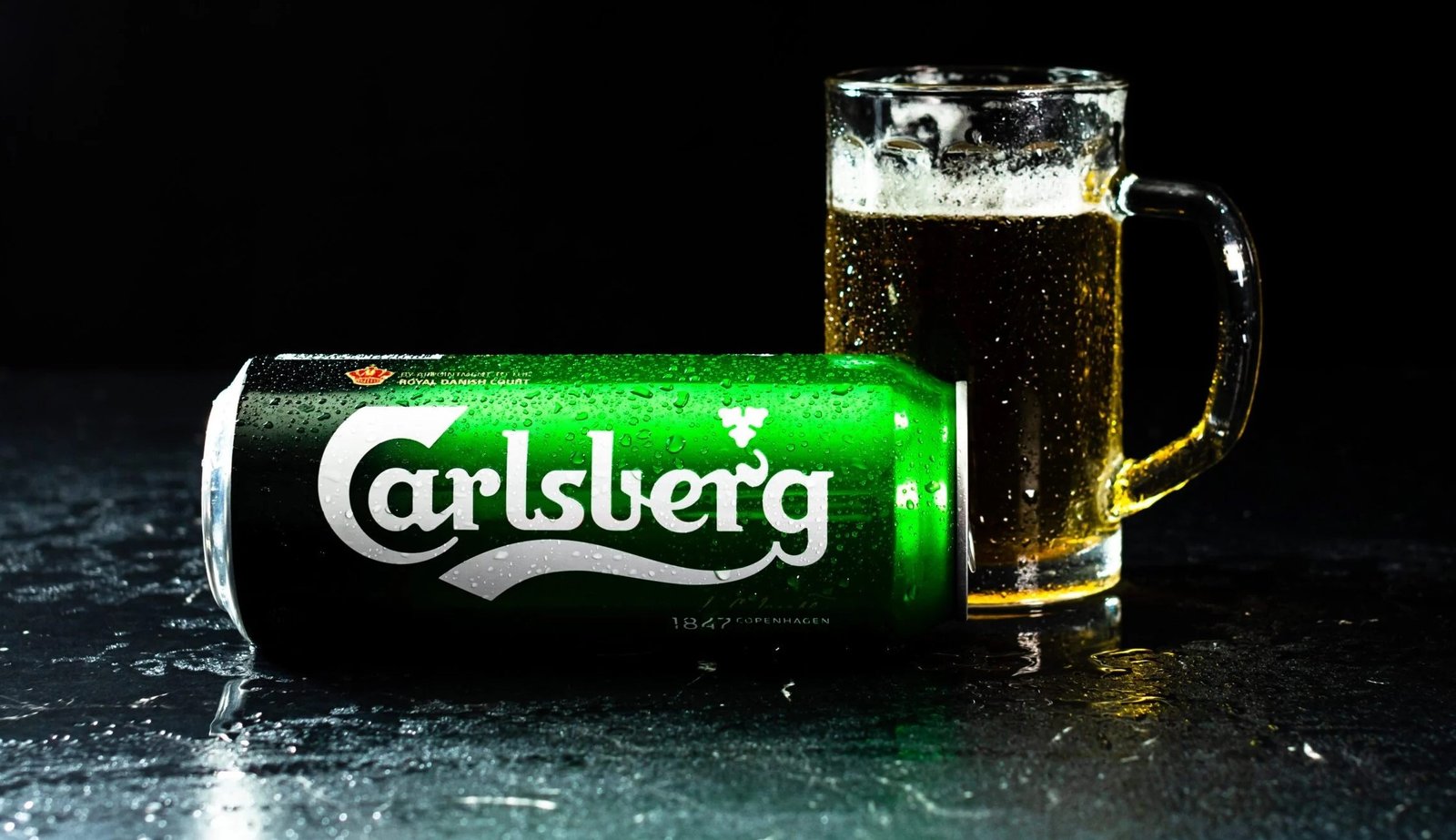Marketing Strategy of Carlsberg – Carlsberg Marketing Strategy: Since its founding in 1847, Carlsberg has taken it to more than 150 countries. This has allowed for strong market positions in both the Asian and European markets. Asia is responsible for 45 percent of all beer consumed worldwide and 28% of Carlsberg’s operating profit. It currently operates in two business segments, Craft & Speciality (NAB) and Non-alcoholic Brands.
Carlsberg At A Glance – Marketing Strategy of Carlsberg
Contents
- 1 Carlsberg At A Glance – Marketing Strategy of Carlsberg
- 2 Carlsberg Competitors
- 3 Marketing Strategy of Carlsberg
- 4 Segmentation, Targeting, Positioning – Carlsberg Marketing Strategy
- 5 Carlsberg Mission Statement
- 6 Carlsberg Vision Statement
- 7 Carlsberg Tagline
- 8 Competitive Advantage – Marketing Strategy of Carlsberg
- 9 BCG Matrix – Carlsberg Marketing Strategy
- 10 Distribution Strategy – Marketing Strategy of Carlsberg
- 11 Brand equity – Carlsberg Marketing Strategy
- 12 Competitive Analysis – Carlsberg Marketing Strategy
- 13 Market Analysis – Marketing Strategy of Carlsberg
- 14 Customer Analysis – Carlsberg Marketing Strategy
[wp-svg-icons icon=”office” wrap=”I”] Company: The Carlsberg Group
[wp-svg-icons icon=”user” wrap=”I”] CEO: Cees ‘t Hart
[wp-svg-icons icon=”user” wrap=”I”] Founder: J.C. Jacobsen
[wp-svg-icons icon=”calendar” wrap=”I”] Year founded: 1847, Denmark
[wp-svg-icons icon=”location-2″ wrap=”I”] Headquarters: Vesterbro, Copenhagen, Denmark
[wp-svg-icons icon=”stats” wrap=”I”] Annual Revenue: DKKøre58.5 billion
[wp-svg-icons icon=”bars” wrap=”i”] Profit | Net income: DKKøre9.6 billion
[wp-svg-icons icon=”users” wrap=”I”] Number of employees : 41,000
[wp-svg-icons icon=”pie” wrap=”i”] Products & Services: Beers | Ciders | Soft drinks | Bottled water
[wp-svg-icons icon=”globe” wrap=”I”] Website: www.carlsberggroup.com
Carlsberg Competitors
[wp-svg-icons icon=”pacman” wrap=”I”] Competitors: CCU | Asahi Breweries | City Brewing | Mahou-San Miguel Group | Heineken | Gatorade
Carlsberg Fun Facts: In 2016, Calsberg’s research team succeeded in extracting a 133-year old living lager yeast cells. They then used the cells to rebrew the first lager that used pure yeast. But Carlsberg didn’t stop there. For the 2018 Wold Cup, Carlsberg created artificial caviar from its beer in honour of the brand’s status as the Danish national team’s official sponsor.
Marketing Strategy of Carlsberg
Carlsberg’s Marketing Strategy covers various aspects of the business right from segmentation and targeting to the overall mission and vision of the company and the various parameters which the company executes to become the top brand that it has in the market. So what is the Marketing Strategy of Carlsberg? Let us discuss.
Segmentation, Targeting, Positioning – Carlsberg Marketing Strategy
Carlsberg is present in the alcoholic and non-alcoholic beverage segments. It uses both psychographics as well as geographical segmentation techniques because it is in the beverage industry.
Carlsberg employs a differentiated targeting strategy to create its offerings, as many of its offerings are for different customer segments.
It employs product class-based positioning strategies that help in highlighting the advantages of the offerings, regardless of their age or flavor.
Carlsberg Mission Statement
“Not available”
Carlsberg Vision Statement
“Not available”
Carlsberg Tagline
“Probably the best beer in the world”.
Competitive Advantage – Marketing Strategy of Carlsberg
Portfolio: Carlsberg has a strong portfolio with more than 500 brands. It is the leader in both the alcoholic and non-alcoholic beverages segment. Its most popular brands include Tuborg, Baltika and Beerlao Carlsberg. It holds 1, 2, or 3 positions in the markets where it operates.
Developing Strong R &D: Creating The company’s competitive advantage in the market has been made possible by its benefit-driven portfolio approach and consumer occasion. The company’s constant search for consumer insights has enabled it to create world-class capabilities in areas such as Yeast, Barley, and brewing science.
Concentrate on developing economies: Strengthening the local beer portfolio and focusing more on the profitable brands from the developing countries have helped the company generate 74%+ of its total sales in 24 markets across Asia, Europe, and the Americas.
Operating through subsidiaries: Dealing with vast markets through its subsidiary and strategic acquisitions has helped the company to penetrate both developed and emerging economies. It recently acquired London Fields Brewery and partnered with Brookly brewery in order to provide a boost for its beverage business.
BCG Matrix – Carlsberg Marketing Strategy
Its three strategic business units ( BU) offer customers a variety of options and bundles that are tailored to their needs.
The company’s Craft and Speciality businesses are in doubt as it is driven by consumers wanting premium brands and acceptance. Carlsberg’s premium brands still compete with local and global brands in each market.
Its Beer (Alcoholic beverage segment) segment is a star of the BCG matrix because it has strong brands that are No. There are 1 or 2 positions in each market.
Because there are so many companies in the meat market, it’s not surprising that non-alcoholic beverages businesses are a question mark in the BCG matrix.
Distribution Strategy – Marketing Strategy of Carlsberg
It distributes its brands through various media, including exclusive distribution partnerships with subsidiaries, strategic partners and competitors, local distributors retailers, E-commerce websites, wholesalers, etc.
The company’s multi-model delivery strategy has allowed it to make its products in more than 150 countries.
Brand equity – Carlsberg Marketing Strategy
Carlsberg was ranked 787 as the most valuable brand by the Forbes Magazine list. According to the market capitalization value method, the brand is valued at $142.1 million as of May 2017. Tuborg and Carlsberg are the top-selling beer brands from Carlsberg. They have an international presence and are well-known for their taste and association with music and festivals.
Competitive Analysis – Carlsberg Marketing Strategy
The Company works in an industry that is tightly regulated in developing countries. This is a disadvantage because of government regulation and the presence of local players. Carlsberg’s strong portfolio and deep penetration around the globe is what keeps it ahead of its competition. It collaborates closely with meta-market players such as breweries, non-alcoholic beverages, and local players to gain insight and strategize on the pre-set goals.
Carlsberg is competing with many of the world’s most recognizable brands, including Budweiser and Heineken.
Market Analysis – Marketing Strategy of Carlsberg
Through their product offerings, and efficient -chain management, the market for Alcoholic and Non-alcoholic beverages is overcrowded.
The industry’s growth is driven by a growing middle class, changing government regulations, lifestyles, and rising living standards.
Customer Analysis – Carlsberg Marketing Strategy
Carlsberg has a variety of wholesale and retail outlets. The retail customers of Carlsberg are of all ages, while the corporate customers are resellers, retailers outlets, distributors, and MNC’s.
You May Also Like:
- Marketing Strategy of Abercrombie and Fitch
- Aquaguard marketing strategy
- Marketing Strategy of Bank of America – BofA
- Baidu Marketing Strategy
- Axa Marketing Strategy
This is the Marketing Strategy of Carlsberg. Please let us know if you have additional suggestions to add.
[wp-svg-icons icon=”bubbles” wrap=”i”] Let us know What do you think? Did you find the article interesting?
Write about your experiences and thoughts in the comments below.

